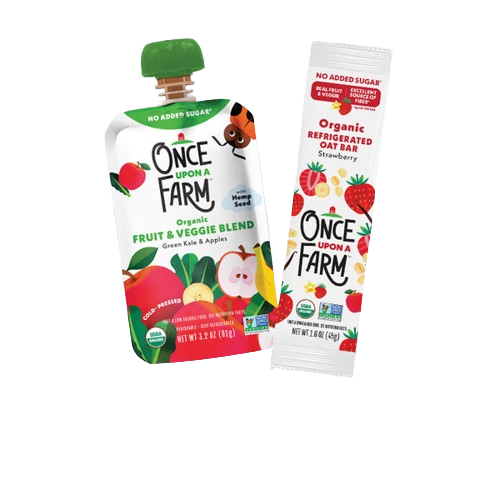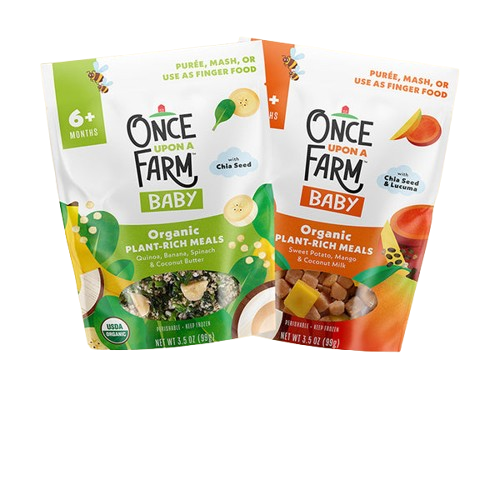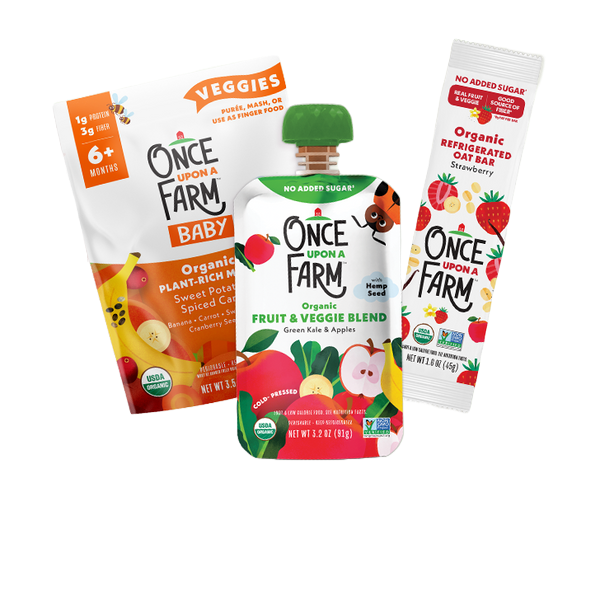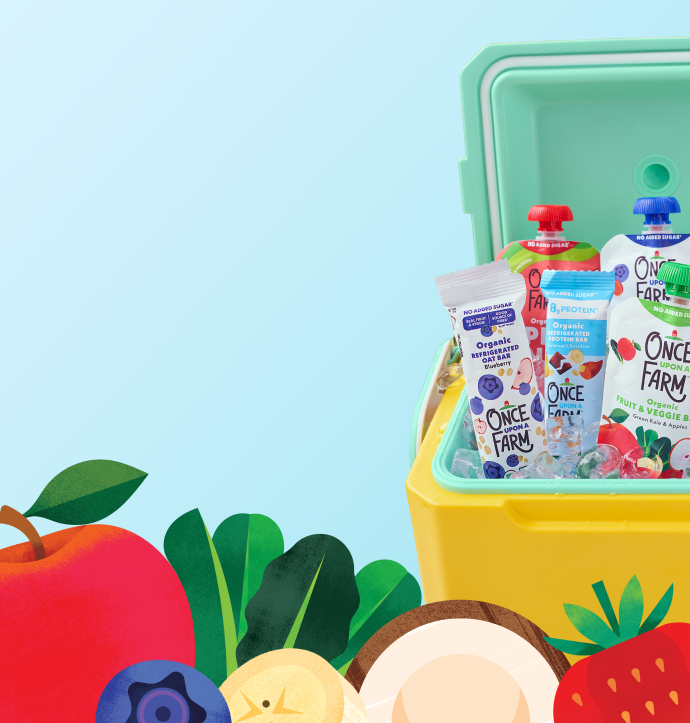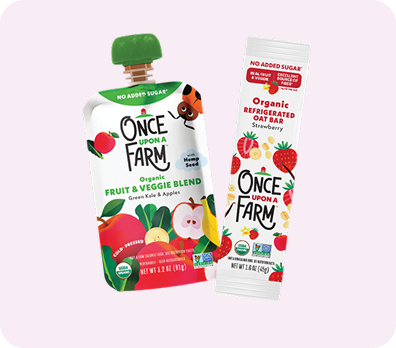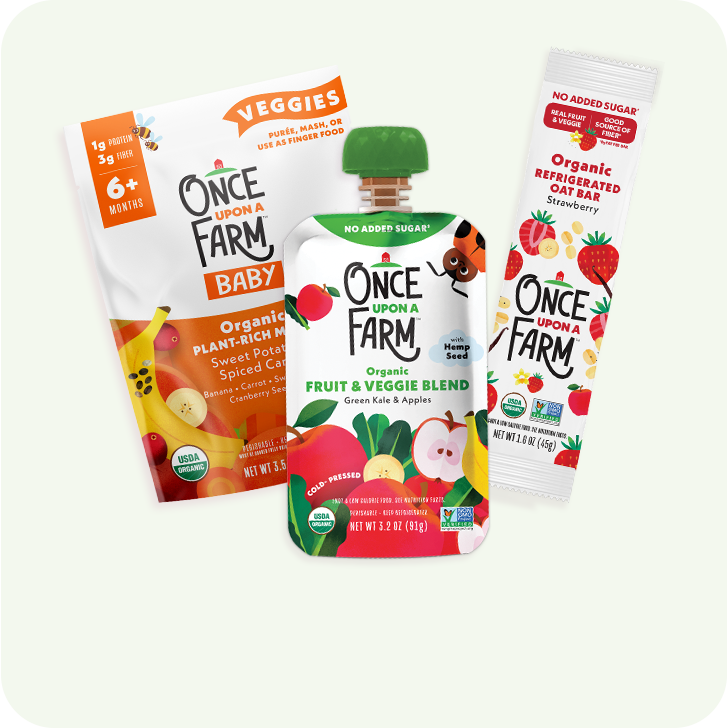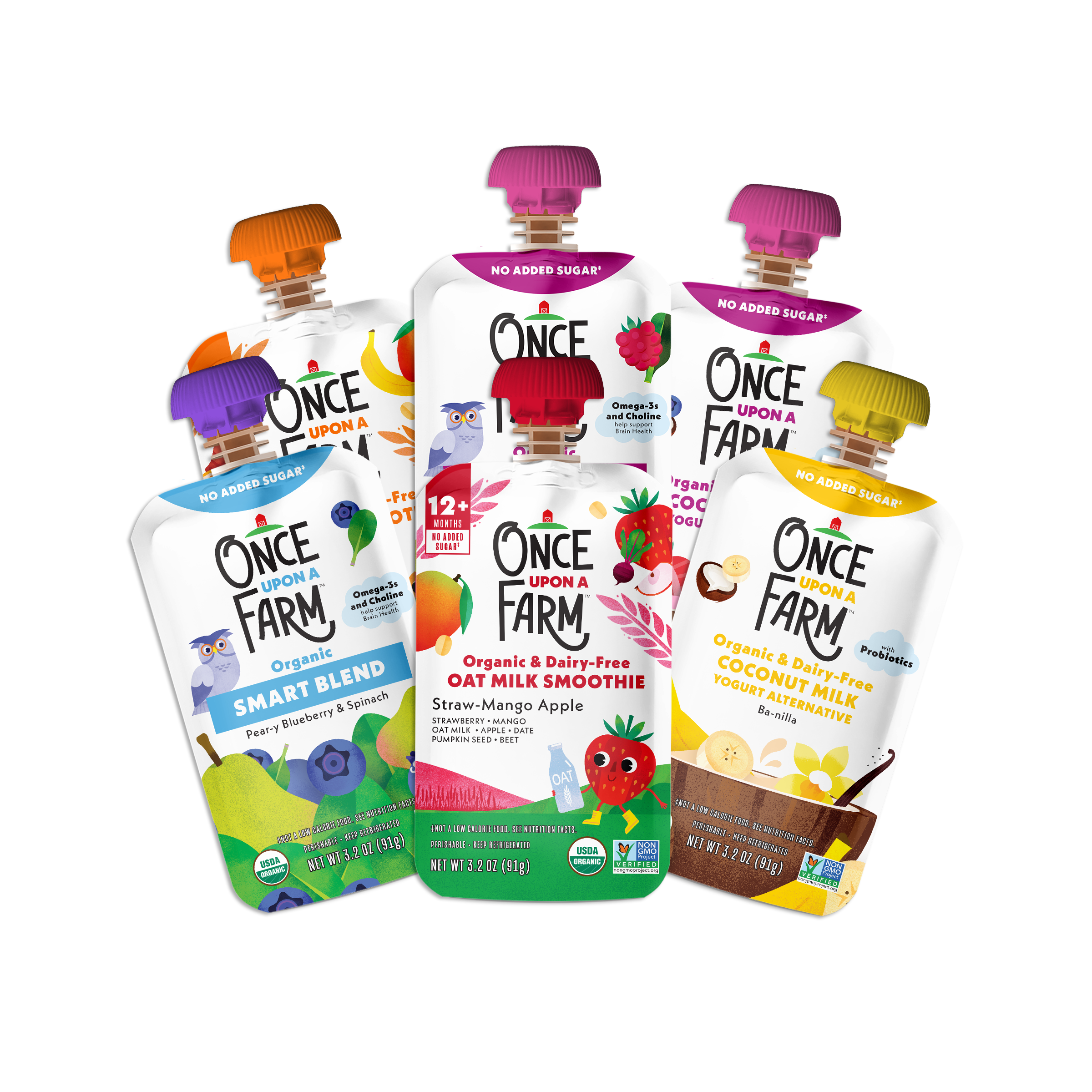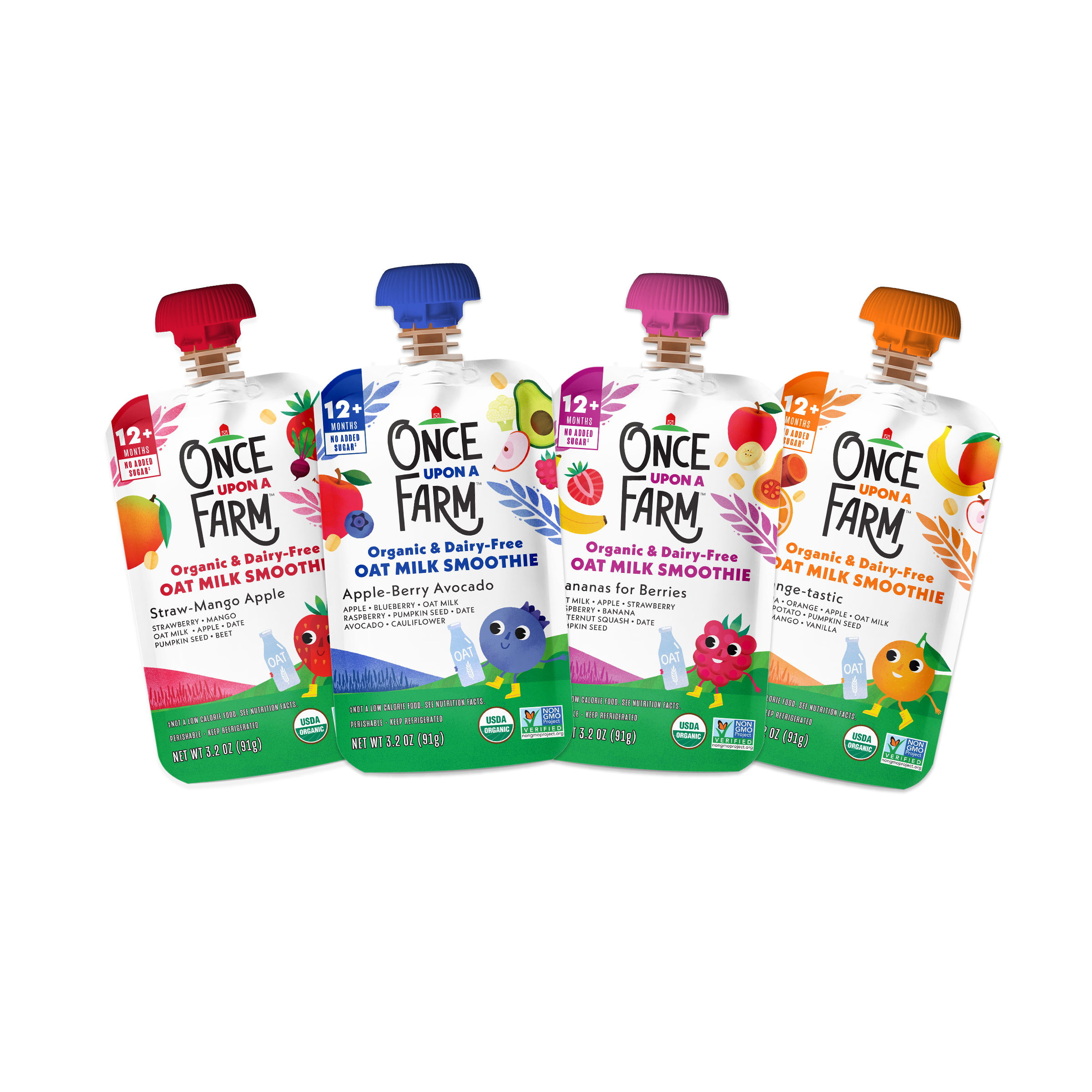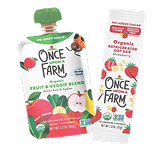Note: This blog is not medical advice and is for informational purposes only. For any specific recommendations, please refer to your child’s pediatrician or healthcare provider
Every parent wishes their kid was born a healthy eater, but that’s not always reality. Healthy food habits for kids—as with all healthy habits—are inspired, encouraged, and empowered by parents and caregivers willing to do the hard (and often messy) work. Have no fear—we’re here to help you plant the seeds of healthy, mindful eating.
Talk About Food
When it comes to talking about nutrition with kids, start by incorporating food talk into everyday conversation, like when grocery shopping or making a snack together. “This may feel unnatural,” says Megan Roosevelt (@healthygrocerygirl), Registered Dietitian Nutritionist and Founder of Healthy Grocery Girl. “However, with practice, it can become a really great way to focus on the benefits of real, whole foods, and how they support our bodies to be healthy and strong.” Roosevelt has some wonderful, color-coded conversation starters:
❤️ “Red foods help you have a strong heart.”
💛 “Yellow foods contain a lot of vitamin A which helps your skin stay healthy.”
💚 “Green foods are good for digestion, which is a fancy word for how your body gets energy from the foods you eat!”
💜 “Purple foods can help you have a strong brain and support heart health!”
What about with babies? Registered Dietitian Nicole Lattanzio (@infant.nutritionist) is an expert in infant nutrition. She tells us, “It’s easier to start early than to try to tackle it later. Eating together as a family, respecting their hunger and fullness cues, and building a balanced plate are all great first steps.”
Encourage Mindful Eating
Mindfulness is an important part of developing and maintaining a healthy relationship with food—encouraging people to make choices that are both nourishing and satisfying. Mindful eating includes noticing what you’re consuming, as well as how your body feels while you’re eating.
Luckily, as Lattanzio tells us, “Babies are true mindful eaters. They know when they’re hungry and when they’re full. It’s up to us as caregivers to allow this to continue.” You’re probably wondering how parents can support mindful eating when sitting still isn’t typically a kid’s strong suit? Roosevelt has great suggestions here.
- Create a distraction-free environment. That means no screens. “Regular mealtime should be a screen-free moment,” she says. This is “to allow a person to connect with their bodily cues so they can gauge how much they've eaten and if they are feeling full.”
- Encourage kids to use their senses. Yes, it’s sometimes OK for kids to play with their food. “Let your child be a scientist while eating and explore their meal or snack using all 5 senses—seeing, smelling, tasting, touching and hearing what they’re eating!”’
- Allow kids to serve themselves. “Allowing a child to serve themself is a great moment for a child to practice independence,” Roosevelt tells us. “They’re also learning about serving sizes and how much food is appropriate for their own appetite.”
Lattanzio also reminds us to “avoid force feeding or restricting foods that we feel they’ve had ‘enough’ of or that we feel are ‘less-healthy’.” This supports mindful eating because it encourages kids to be attune with their bodies.
Model Healthy Behaviors
When it comes to supporting kids’ nutrition, like with all healthy habits, parents lead by example. As Roosevelt explains, “When children are exposed to healthy options and see the grown-ups in their life regularly making healthy choices, this can have a positive impact on a child's nutrition habits.” That means everyone is eating brain-boosting foods at mealtime. Both Roosevelt and Lattanzio agree that eating together is a key factor in modeling—for infants, toddlers, and older kids. “There are many benefits to eating together as a family or having a child eat with a caregiver” Roosevelt says. These go well beyond promoting positive eating habits as family mealtime promotes healthy communication and can improve children’s self-esteem.
Healthy habits take time, but every conversation or meal is an opportunity for learning and growth. Your dedication to your kids’ nutrition when they are young is laying the foundation for healthy eating habits that can last a lifetime. Today’s picky eaters could be tomorrow’s health-enthusiasts.
So, what’s for dinner?
Additional Resources
- Fun With Food is an educational YouTube cooking show for kids, also founded by Megan Roosevelt, RDN, that features great conversation starters around nutrition, as well as kid-friendly recipes.
- The Kid’s Healthy Eating Plate is an interactive guide, created by Harvard’s School of Public Health, to educate and encourage kids to eat well and stay active.

